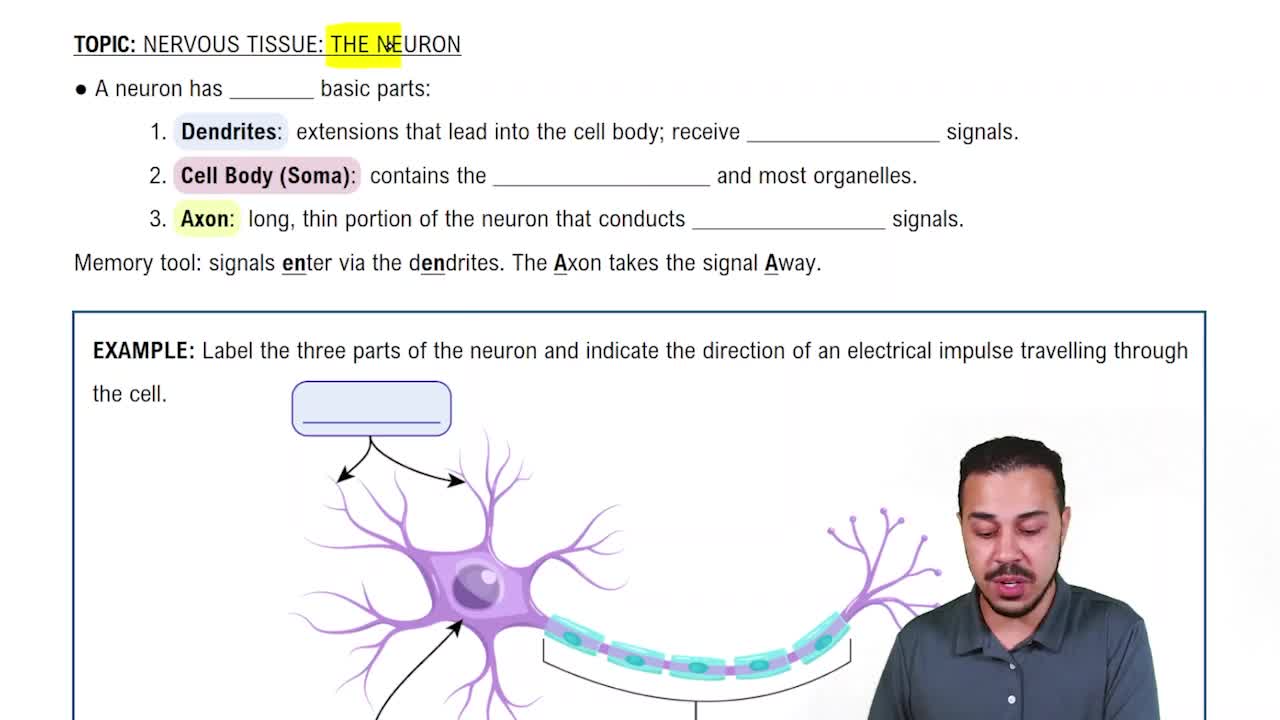What are the major components of
(c) the enteric nervous system?
 Verified step by step guidance
Verified step by step guidance Verified video answer for a similar problem:
Verified video answer for a similar problem:



 1:5m
1:5mMaster Somatic vs. Autonomic Nervous System with a bite sized video explanation from Bruce Bryan
Start learning